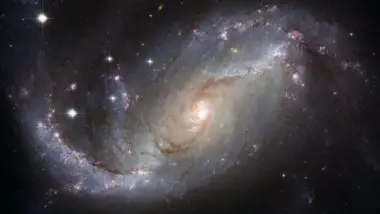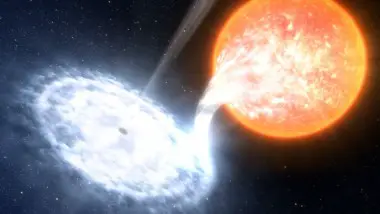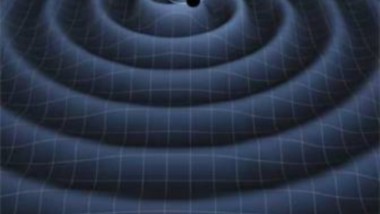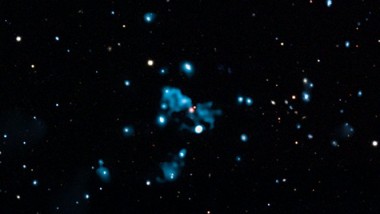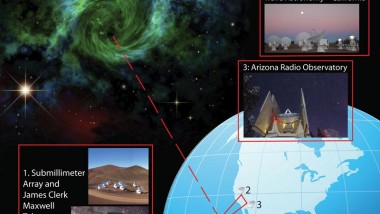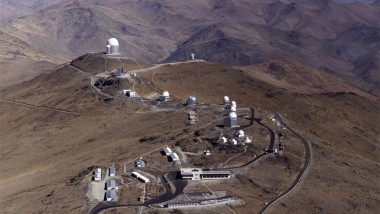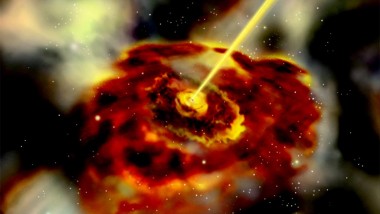Image Source The genius of Albert Einstein has been proven again. His theory of relativity has been attacked, ridiculed and confirmed over the last 100 years. Once upon a time, Albert Einstein postulated that massive gravitational objects that warp the ...
Suzaku Catches Retreat of a Black Hole’s Disk
A recently published study shed light over one of the most mysterious stellar phenomena, black holes. NASA’s Suzaku telescope revealed a dramatic change in one of the galaxy’s most active black holes – a change that might help scientists better ...
Black Holes in Star Clusters Stir Time and Space
Astronomers at the University of Bonn’s Argelander-Institut fuer Astronomie have recently published a study that suggests novel techniques to simulate the movement of black holes in star clusters, providing a new method to detect the merging of black holes. Their ...
Remnants of Black Hole Eruption Detected
Scientists at the Chandra X-Ray Observatory have detected a ghost x-ray image around a black hole. Such ghosts are believed to be remnants of a past explosion from the black hole. Lower energy electrons remaining after the bulk of the ...
A Close Look at the Black Hole in the Milky Way
An international team of astronomers, led by an MIT astronomer, have observed the sharpest resolution images to date of the black hole at the center of the Milky Way. They used a combination of radio wave emissions captured by telescopes ...
Is the Mass of Black Holes Limited?
A new study by researchers from the US and Chile suggest there is an upper limit on the mass of black holes. Using a variety of observational data they trace the accretion history of black holes, from which the mass ...
Large Hadron Collider Switches On
The Large Hadron Collider (LHC) in CERN was turned on Today, Wednesday September 10th. The event put to rest the rumors regarding the supposed dangers it poses, and hopefully reveal some well kept secrets of particle physics. The first beams ...
Blue Color of Quasar Accretion Disk Verified
Research led by an astronomer at the Max Planck Institute for Radio Astronomy verifies the theory regarding the color of quasar accretion disks. These disks were predicted to be blue, but due to emissions from dust clouds surrounding the disk ...

